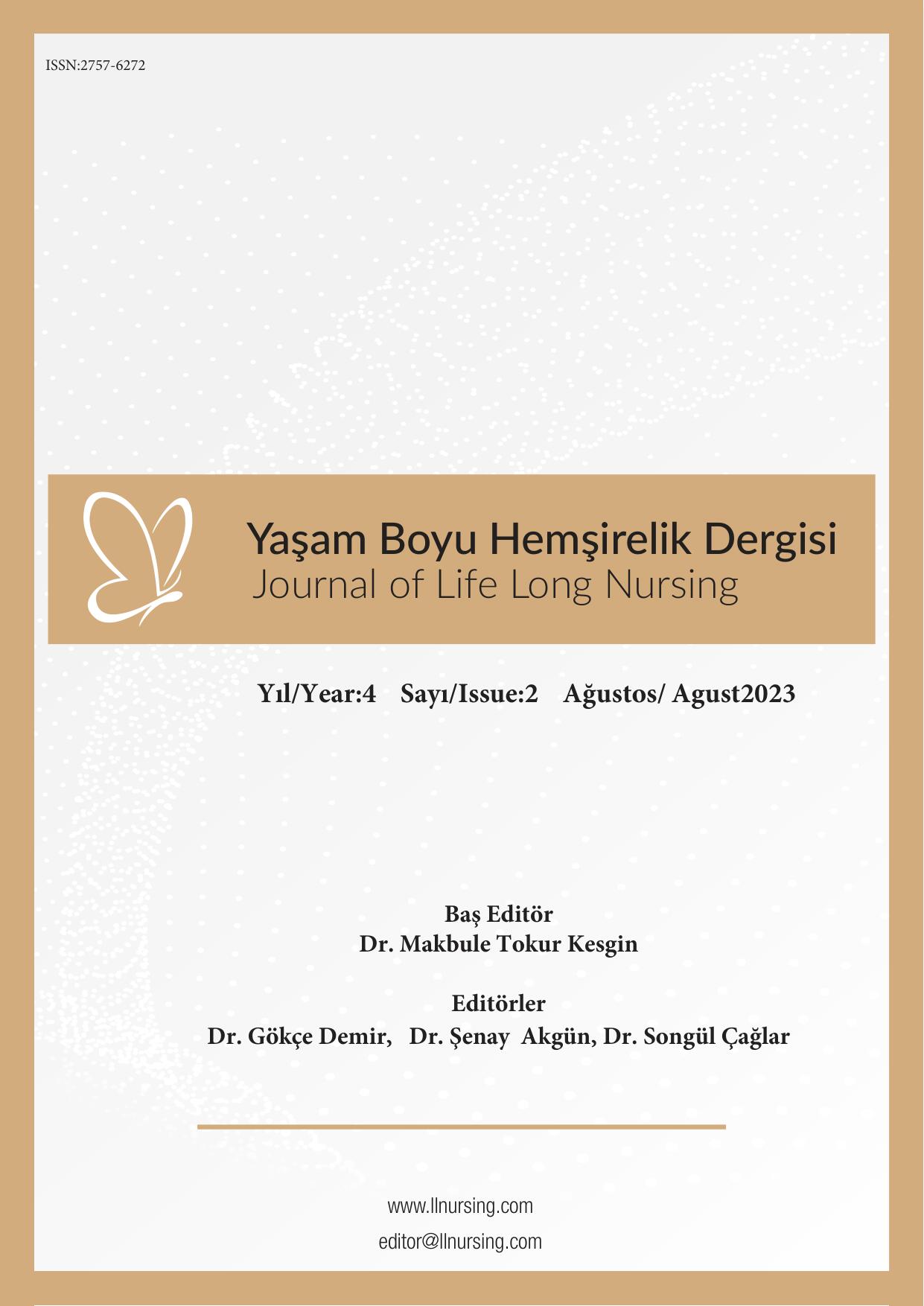Author :
Abstract
Beden iç sıcaklığının 36°C’nin altına düşmesi hipotermi, cerrahi uygulanan hastanın anestezi verilmeden önceki bir saat, cerrahi girişim boyunca ve cerrahi sonrası ilk 24 saatlik süreçte beden sıcaklığının 36°C’nin altına düşmesi ise istenmeyen hipotermi olarak tanımlanmaktadır. Cerrahi girişim süresinin iki saatten daha uzun sürmesi, 30 dakikadan daha uzun süre genel anestezi uygulanması ve büyük beden boşluklarının açılması gibi faktörler istenmeyen hipotermi riskini artırmaktadır. Literatürde cerrahi hastalarının %56.7-85.7’sinde istenmeyen hipotermi geliştiği bildirilmektedir. Bu oranlar, miyokard enfarktüsü, enfeksiyon riskinde artış ve kanama gibi ciddi komplikasyonlara neden olan istenmeyen hipoterminin, cerrahi hastasının güvenliğini tehdit eden önemli bir sorun olduğunu ortaya koymaktadır. İstenmeyen hipotermiyi önlemeye yönelik girişimlere cerrahi girişim öncesi başlanmalı, cerrahi girişim sırasında ve sonrasında devam edilmelidir. İstenmeyen hipotermiyi önlemek amacıyla uygulanması gereken ısıtma yöntemleri ve ısıtma süresi, cerrahi girişim öncesi, sırası ve sonrası döneme, cerrahi girişimin türüne ve süresine göre farklılık gösterebilmektedir. Cerrahi uygulanan hastalara bakım veren hemşireler, kanıt temelli araştırma ve rehberler doğrultusunda istenmeyen hipotermiyi yönetebilmelidir. Bu derlemede, cerrahi hastasında istenmeyen hipotermiyi önlemede etkili ısıtma yöntemleri, ısıtma zamanı ve süresi mevcut rehberler ve güncel araştırmalar doğrultusunda tartışılmıştır.
Keywords
Abstract
While the decrease of the internal body temperature below 36°C is defined as hypothermia, the decrease of the body temperature of a patient undergoing surgery below 36°C one hour prior to anesthesia, throughout the surgical process and during the first 24 hours after surgery is defined as inadvertent hypothermia. Factors such as duration of surgical intervention longer than two hours, application of general anesthesia longer than 30 minutes and opening of large body cavities increase the risk of inadvertent hypothermia. In the literature, it is reported that inadvertent hypothermia develops in 56.7% to 85.7% of surgical patients. These rates indicate that inadvertent hypothermia which can cause serious complications such as myocardial infarction, increased risk of infection and bleeding is a vital problem that threatens the safety of the surgical patient. Attempts to prevent inadvertent hypothermia must be started before the surgical intervention and continued during and after the surgical intervention. Heating methods to be applied for preventing inadvertent hypothermia and duration of heating may vary according to the periods before, during and after the surgical intervention, as well as the type and duration of the surgical intervention. Nurses who provide care to patients undergoing surgery should be able to manage inadvertent hypothermia in line with evidence-based research and guidelines. In this compilation, effective heating methods, heating time and duration for the prevention of inadvertent hypothermia in a surgical patient were discussed in line with current guidelines and current research.





